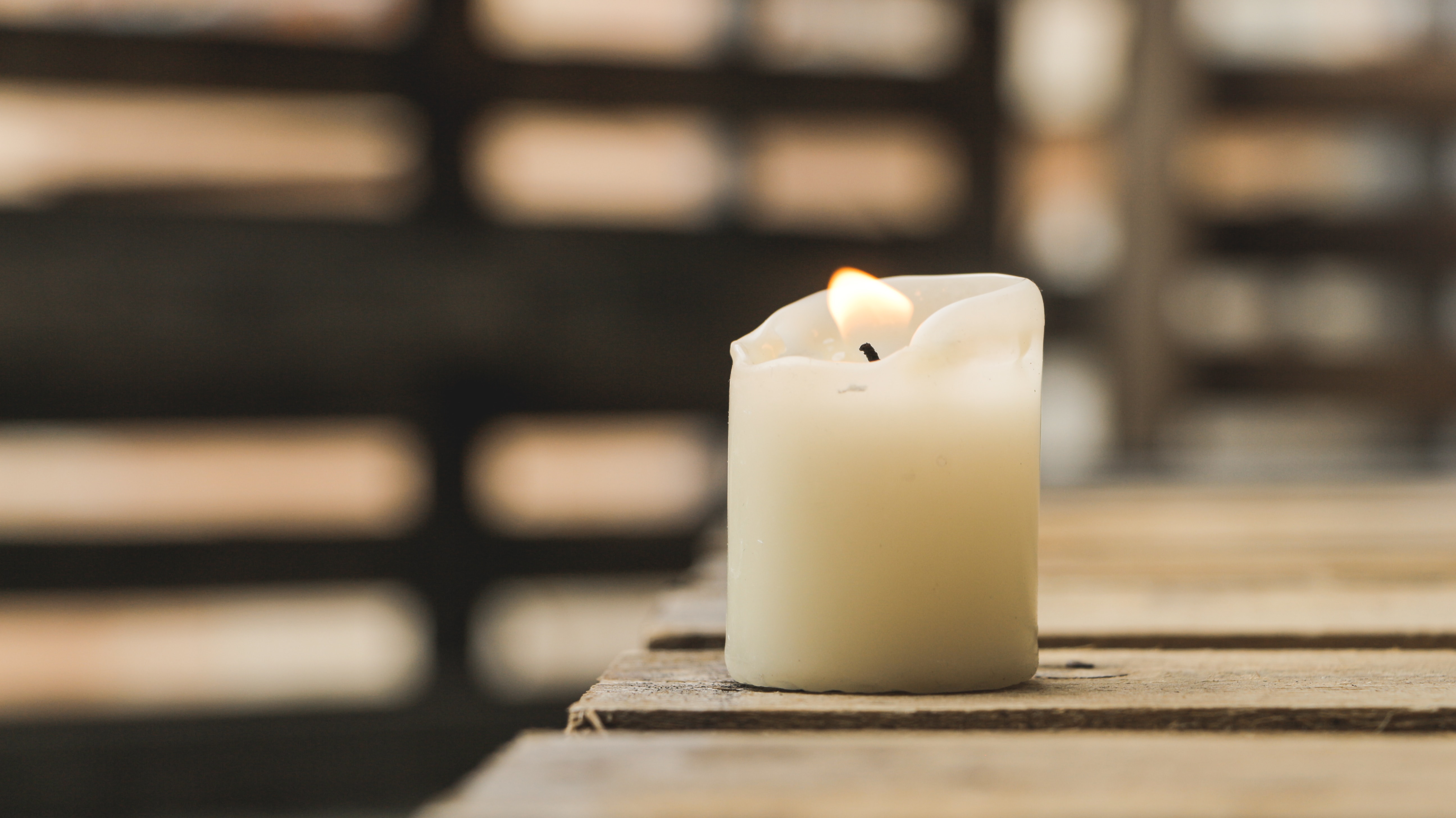It’s that time of year again– the holiday season. Can you feel it? That weird and beautiful juxtaposition of tension and joy in the air right now?
Here’s the tension: shorter days. The darker evenings. The increase in demands. The quickening pace. The need to dig deeper into your internal resources to be all in. To show up as your best. To navigate the challenges that come with this time of year.
Here’s the joy: The magic of the season. The intentional time with loved ones. The candles, lights, and festivities. The special activities. The cozy, content-at-home moments. The promise of new things to come.
Holding these two contradictory elements simultaneously, and navigating the challenges skillfully, can be a tricky business.
WE KNOW, because we’re in the fullness of it all with you.
This is when we need to strengthen our ability to cultivate hope.
Wait…what? HOPE?
Yep. Hope.
Hope
Hope is the unexpected, but critical tool that helps us increase our resiliency when the going gets tough.
There’s actually a fair amount of research on hope. In the research, hope’s not just fleeting emotion, a pie-in-the-sky perspective, or blind optimism. It’s not an allusive concept or a vague spiritual notion.
Hope is a skill. It’s measurable. It’s learnable. It’s an internal muscle that we can strengthen.
Hope is a mindset that motivates you to expect and create a successful pathway toward a desired outcome, and helps you to adapt flexibly when the going gets tough.
The research is clear: higher hope corresponds with superior academic and athletic performance, greater physical and psychological well-being, and enhanced interpersonal relationships.
It’s key in helping us become more resilient to life’s setbacks, disappointments, frustrations, and uncertainties.
So how do we cultivate it?
Hope Theory
In Hope Theory, created and studied by psychologist CR Snyder and his colleagues*, hope is comprised of 3 things: meaningful goals, willful thoughts, and pathway thoughts.
Meaningful goals
When it comes to strengthening hope, you need to get good at setting goals that are deeply valuable to you. They need to be desired outcomes that are aligned with what matters most to you, the goal-setter. These goals also need to have an uncertain outcome- they have to bring a sense of vulnerability to the table. Your meaningful goals provide a direction for your hopeful thinking.
Willful thoughts
Also known as agency thoughts, willful thoughts are empowering thoughts about your own ability, motivation, and determination. Thoughts like “I can, I’ll try, I’m ready to do this, and I’ve got what it takes.” They’re thoughts we intentionally invest our attention in to remind us of our capability, and are meant to propel us forward into the unknown as we reinforce our resolve to move toward what’s meaningful to us. They remind us of our personal agency as human beings- our ability to choose, to try, to keep going.
Pathway thoughts
These are empowering thoughts about your ability to find an effective path, and multiple alternative paths, to achieve your meaningful goal. Thoughts like “I can find a way through this. I can find the support I need to get there. There’s always a way. I’m allowed to pivot and change course as I need to. I’m learning and growing and finding my way. It’s ok to make mistakes, I can learn as I go.” This component is basically a belief that you can (and will) find a route to get there, even if there are bumps in the road. These pathway thoughts are a critical component to hope. Because on the road towards what’s most important to you, you’re inevitably going to run into some barriers. Barriers are anything that block the attainment of your goal. High hope thinkers use pathway thoughts to create new routes and adaptable desired outcomes when the going gets tough.
Bring In The Light
This research on hope is so exciting to us, because hope is no longer just an abstract concept. We know it’s ingredients and we can cultivate more of it.
The darkening, colder days of December are a perfect metaphor for the times in our lives when it’s just harder to be the humans we want to be. When resources, or relationships, or work projects, or that sense of meaning feel a little (or a lot) more limited.
Those times when self-doubt, exhaustion, fear, uncertainty and overwhelm cloud our ability to show up as our best selves, and impede our ability to move towards what matters most to us with ease or consistency.
It’s completely normal and expected to have all sorts of doubtful thoughts. It’s just part of being human. And the braver and bigger we live, the more doubts we’ll likely have come up. The goal is not to get rid of doubtful thoughts, but to relate to them skillfully WHILE we build up a more helpful overall mindset.
A mindset that includes hope. A mindset to propel you towards what you most want to experience in your life. A way of thinking that’ll give you the best chance of navigating the complexities of being human and of our world.
Wishing you and yours a holiday season filled with hope of good things to come, and the renewed ability to guide yourself there.
Cara +Amber
Research and Resources
Snyder, C.R. (1994). The psychology of hope: You can get there from here. New York: Free press. Cited in Snyder, C.R. (2000). Hypothesis: There is Hope. In C.R. Snyder (Eds.), Handbook of Hope Theory, Measures and Applications (pp.3-21). San Diego: Academic Press.
Snyder, C.R. (1995). Conceptualizing, measuring and nurturing hope. Journal of Counseling and Development, 73, 355-360.
Snyder, C.R. (2000). Hypothesis: There is Hope. In C.R. Snyder (Eds.), Handbook of Hope Theory, Measures and Applications (pp.3-21). San Diego: Academic Press.




